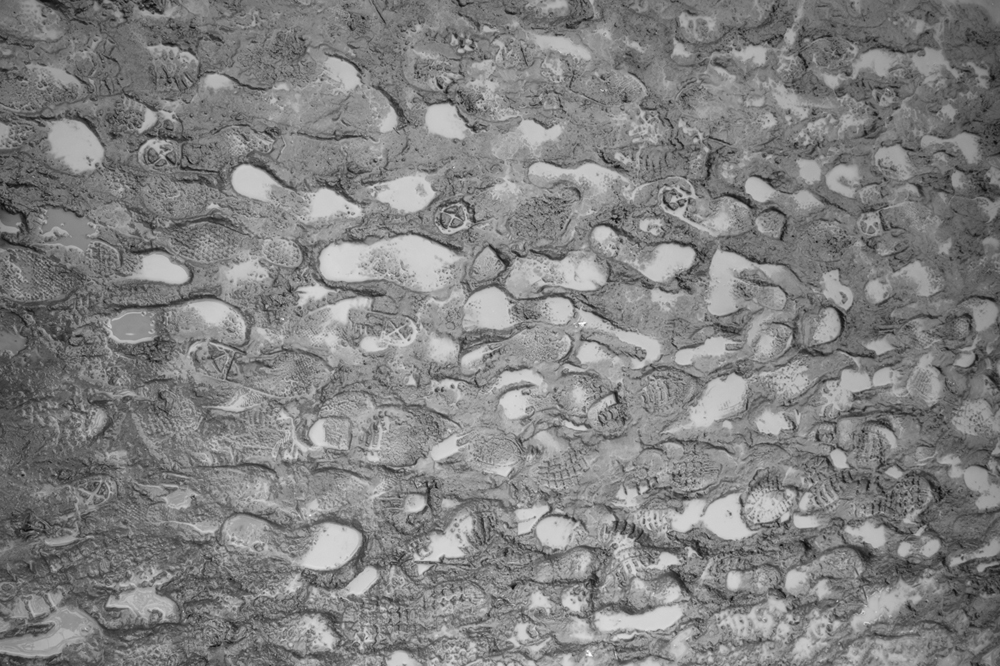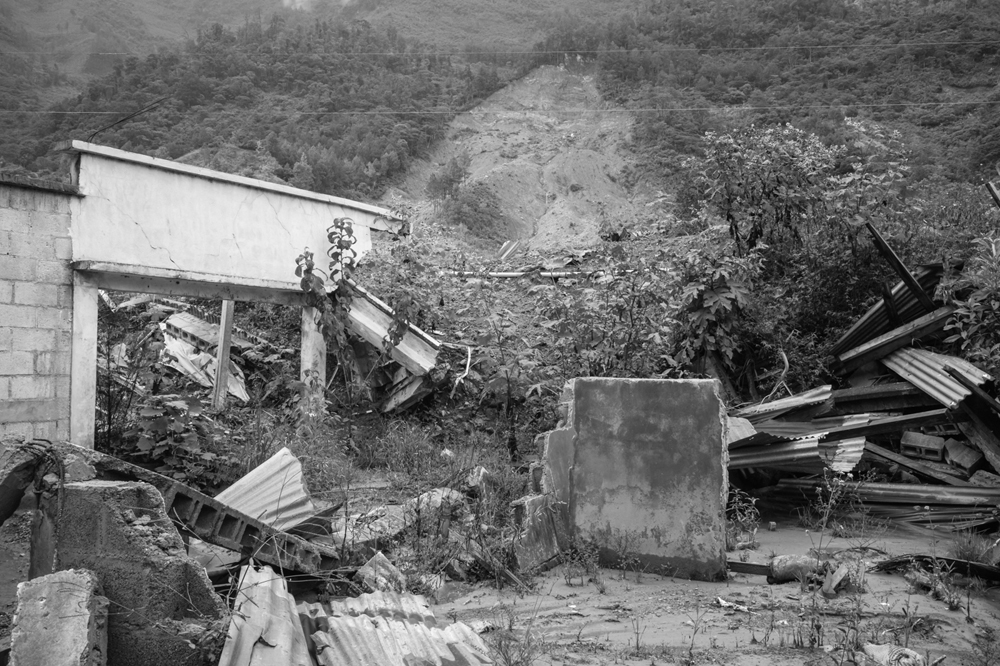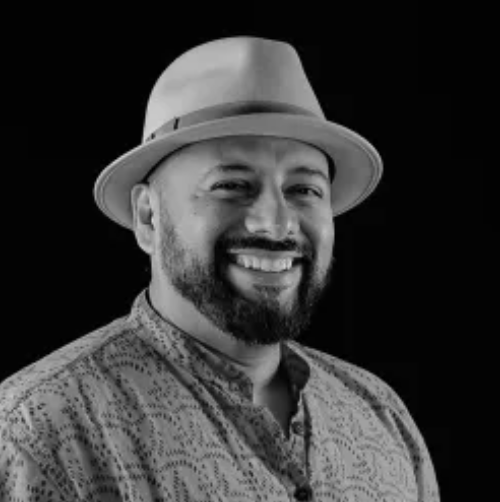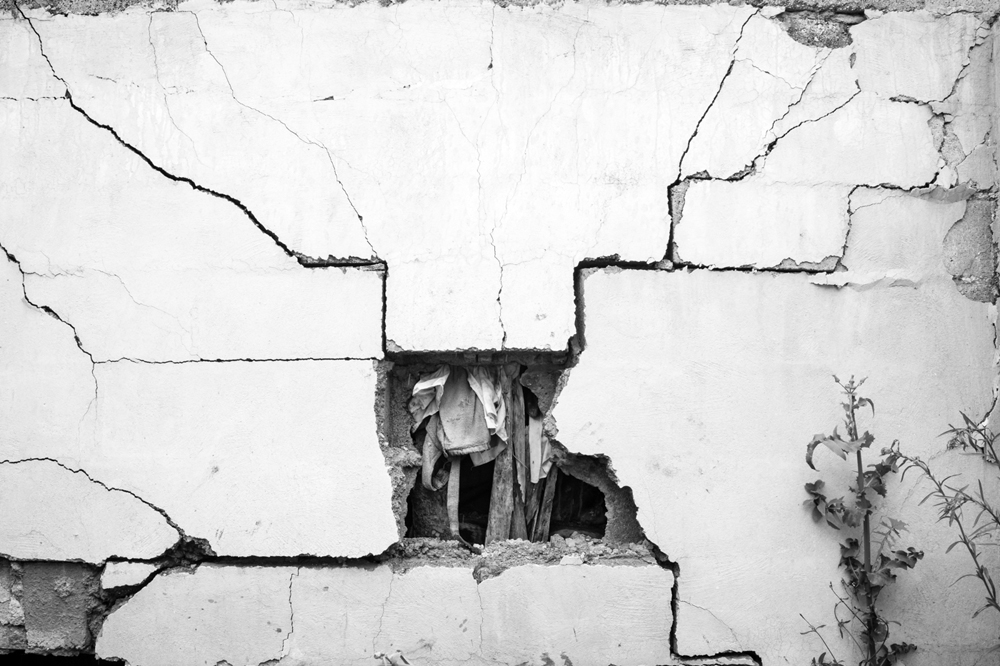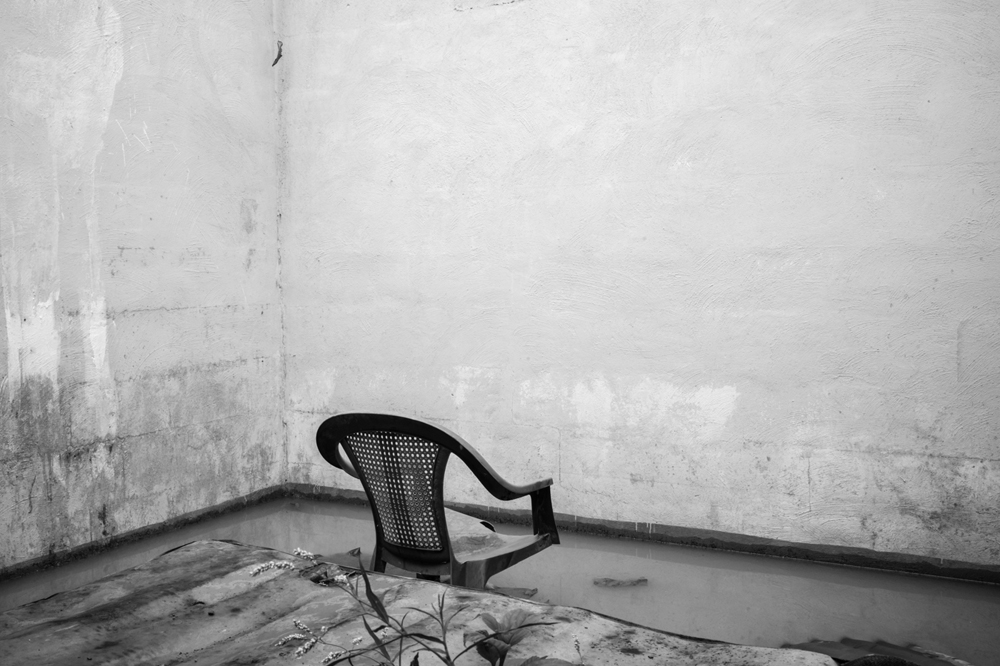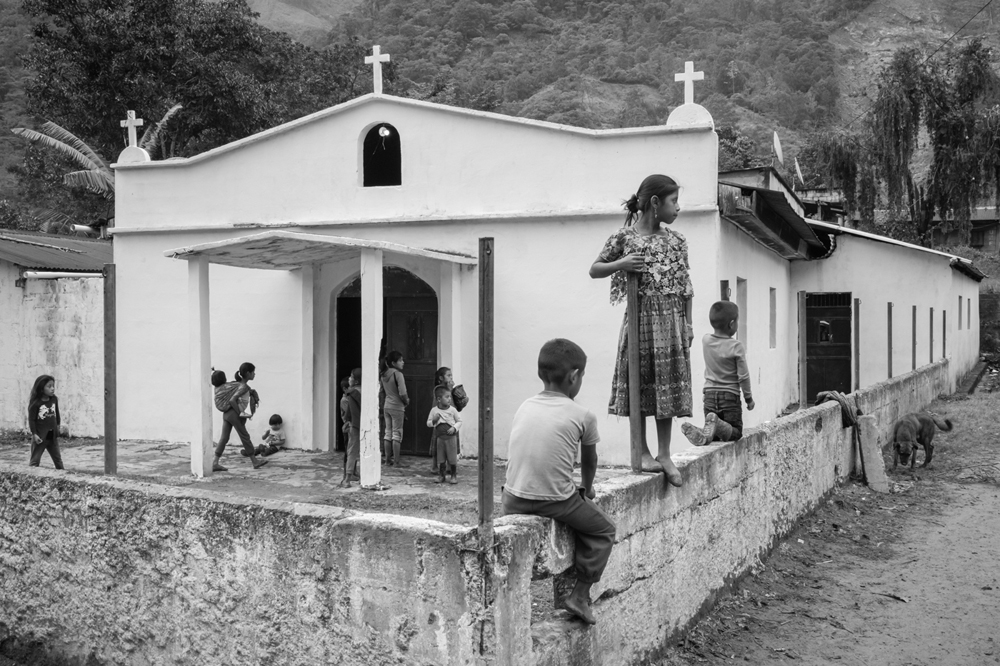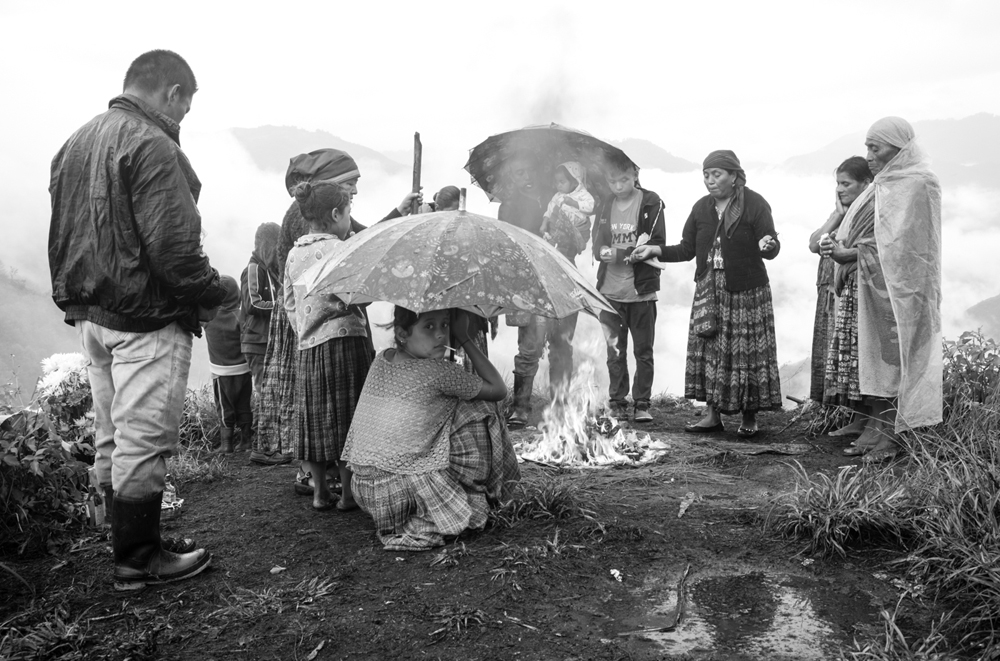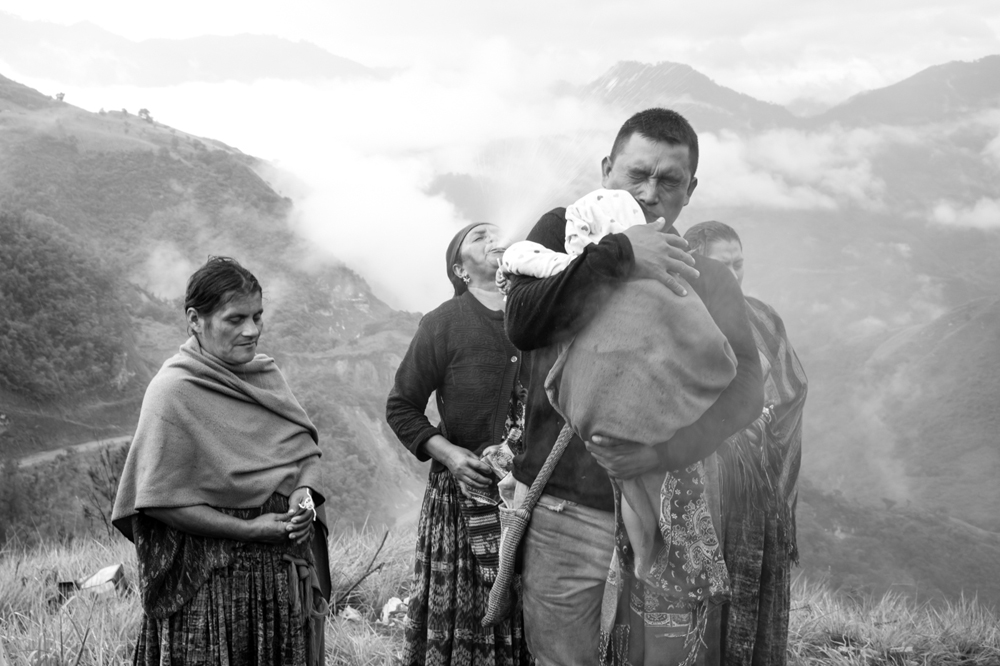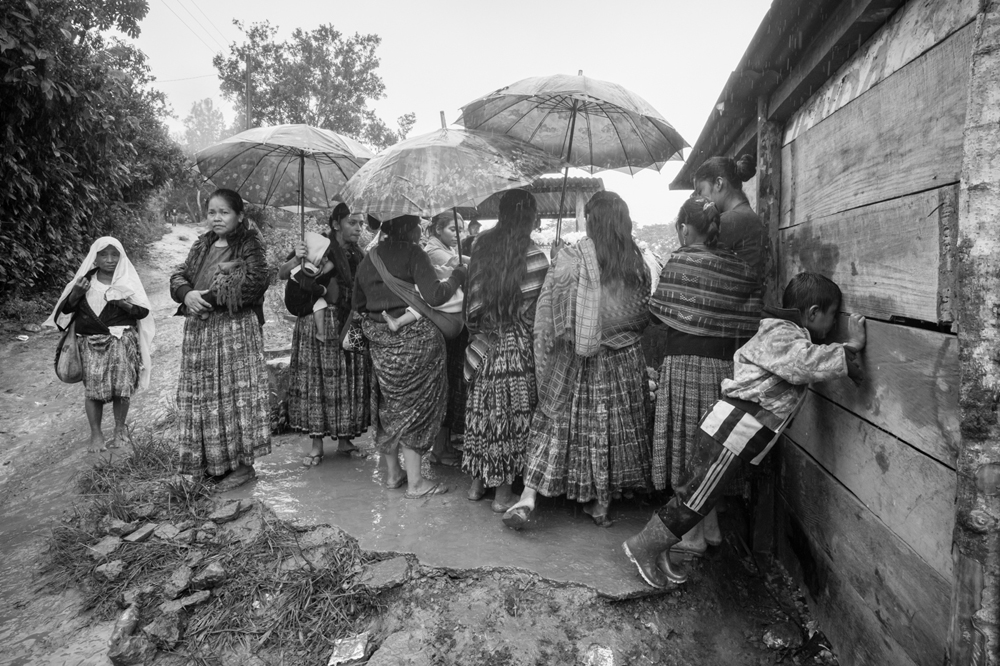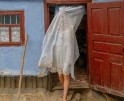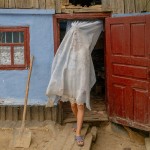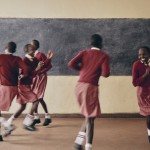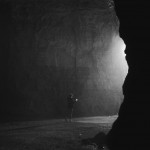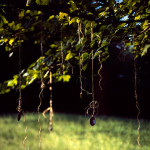CENTER Excellence in Multimedia Storytelling Award – Harvey Castro – Los Olvidados
Congratulations to Harvey Castro for being selected for CENTER’s Excellence in Multimedia Storytelling Award recognizing his project, Los Olvidados. The Excellence in Multimedia Storytelling Award recognizes outstanding storytellers using lens-based media to create narrative-driven projects. The award is open, but not limited to, photography, video, new media, photojournalism, installation, and web-based works. Projects that inspire social action, document crucial issues, and amplify underrepresented voices are encouraged to apply. The Award includes a Mentorship, Complimentary participation and presentation at Review Santa Fe, Group Exhibition of Award & Grant Winners at the Turchin Center for the Visual Arts, Project Publication in Lenscratch & Feature Shoot, and inclusion in the CENTER Image Library & Archive.
JUROR: Sandra M. Stevenson, Deputy Director of Photography, The Washington Post shares her thoughts on this selection:
It was a pleasure to judge the Excellence in Multimedia Storytelling Award for this year. I was impressed with the diversity of content and how the artists wanted to challenge the usual norms of how visual storytelling is delivered to a viewer/audience. The number of applicants exemplifies that the art of visual storytelling is still vibrant and relevant in society.
Stories from Central America are underreported. Los Olvidados, by Harvey Castro, captures Guatemalans as they work to rebuild their lives following a natural disaster. Mr. Castro’s photography delves into the community and shows viewers how despite the combination of poor infrastructure and climate change devastates their country, the people find a way to persevere.
Mr. Castro captures their vulnerability without being exploitive.
Sandra M. Stevenson is an award-winning writer, visual editor, and curator in the photography department at The Washington Post. As deputy director of photography, she manages a portfolio that includes international, climate, and health and science issues. Prior to joining The Post, Stevenson was at CNN, where she managed a team of picture editors who curated the home screen, edited stories and newsletters, as well as special projects. Before CNN, she was at the New York Times, where she oversaw digital photo editors on the news desk, and worked on visual content for Race/Related and the Gender, in addition to exclusive projects such as “Overlooked” and “This Is 18.” After receiving a BA in English from Syracuse University, Stevenson spent four years working at NBC – first as a page and then working on various news programs. From there, she became the program coordinator for the Black Filmmaker Foundation. During her time there, she held a deep commitment to helping people of color enter the film industry at various levels. Stevenson then returned to the news industry, by taking on a position at the Associated Press, where she spent eight years moving up from photo assistant to overseeing photo news coverage for Latin America and the Caribbean. She also took time to work on and an advanced degree in multimedia from University of Toulouse in France. Stevenson was a contributing writer in the book Unseen: Unpublished Black History from The New York Times Photo Archives. She was the picture editor and co-curator on the book This Is 18.
_____________________
Harvey Castro is a documentary photographer and multidisciplinary artist who employs a variety of mediums, including still and moving images, audio recordings, and historical content, to delve into the complex relationship between climate change, immigration, identity, and inclusion.
His work is deeply personal, drawing inspiration from his experiences as an immigrant and person of color, and it is distinguished by its authenticity and genuine connection with the people he photographs. Castro captures candid, intimate moments that reveal the emotions, thoughts, and feelings of those he photographs, depicting their struggles with adversity and exclusion and moments of joy and camaraderie within their communities.
Through his imagery, Castro invites viewers to consider how climate change impacts us. Based in Oakland, California, Castro continues to use his art to advocate for social change and raise awareness of critical contemporary issues.
Follow Harvey Castro on Instagram: @harveycastro.co
Los Olvidados
On November 5th, 2020, a landslide triggered by six days and nights of constant rain brought on by Hurricane Eta buried the village of Queja in San Cristobal Verapaz, Guatemala, along with an estimated 58 people. Within a few days, the municipality’s mayor, Ovidio Choc Pop, declared the area a “campo santo,” an uninhabitable graveyard ending all rescue efforts and recovering only eight bodies.
Guatemala’s poor infrastructure significantly impacts the highlands, home to farming and indigenous communities. When natural disasters occur, they destroy houses and roads and uproot the crops that provide food and income for these communities. Those left with nothing often migrate North to the US, chasing “The American Dream”, further risking their lives. The US does not have a policy recognizing climate refugees, making their situation even more precarious.
The 2020 hurricanes, Eta and Iota, had the most impact on Central America, affecting approximately 7.5 million people and forcing Nicaragua, Honduras, and Guatemala to declare states of emergency. I saw parallels to my experience documenting the stories of families recovering from the aftermath of Hurricanes Irma and Maria in Puerto Rico nine months after landfall in June 2018. According to the Center for Puerto Rican Studies, 135,000 people relocated to the states within six months post-Maria.
These stories are a powerful reminder of marginalized communities’ ongoing struggle in the wake of natural disasters. Their plight highlights how a lack of equity and representation leaves them without effective agency, struggling to survive and rebuild. It is essential to remember that natural disasters have a lasting impact, and we must provide support to ensure that communities can recover and thrive. By highlighting these stories, I hope to bring attention to the need for action and change in the face of climate-related disasters. – Harvey Castro
About CENTER
Founded in Santa Fe, New Mexico, in 1994, the 501(c)(3) not-for-profit organization CENTER supports socially and environmentally engaged lens-based projects through education, public platforms, funding, and partnerships.
Image-making holds a unique power to confront audiences with uncomfortable truths, advance cultural understandings, and promote social justice. Through our advancement of artists and their work, CENTER serves to deepen public understanding of lens-based media’s complex history and ongoing cultural significance. By establishing trans-disciplinary partnerships between artists and justice-driven communities, historians, cultural critics, students, and the art world, they honor our unique role in advancing projects that respect all people, open minds, and engage our shared humanity.
Characterized by a community of gifted and committed photographers, CENTER has proven for the last 29 years that it can help photographers and lens-based artists grow into their full potential. CENTER programs foster insights and actualizations that ripple and impact all involved by providing platforms where the creative impulse can be engaged and challenged.
ANNUAL PROGRAMS | Includes the Project Launch Grant, Project Development Grant, Me&Eve Grant, the three CENTER Awards: Personal, Social and Environmental, the Excellence in Multimedia Storytelling Award, Santa Fe Fellowship, Callanan Excellence in Teaching Award, and the Review Santa Fe Photo Symposium. Public exhibitions, educational presentations, and expositions of the work are held in conjunction with the awards, grants, and Review Santa Fe. These programs are open for submission to international and national photographers and lens-based artists during our annual Calls for Entry.
Follow CENTER on Instagram: @centersantafe
Posts on Lenscratch may not be reproduced without the permission of the Lenscratch staff and the photographer.
Recommended
-
The International Women in Photo Association Awards: Lorraine Turci: The Resilience of the CrowMarch 16th, 2024
-
The International Women in Photo Awards: Natalia Garbu: Moldova LookbookMarch 15th, 2024
-
The International Women in Photo Association Awards: Rayito Flores Pelcastre: Chirping of CricketsMarch 14th, 2024
-
The International Women in Photo Association Awards: Alena Grom: Stolen SpringMarch 13th, 2024
-
The International Women in Photo Association Awards: Louise Amelie: What Does Migration Mean for those who Stay BehindMarch 12th, 2024

